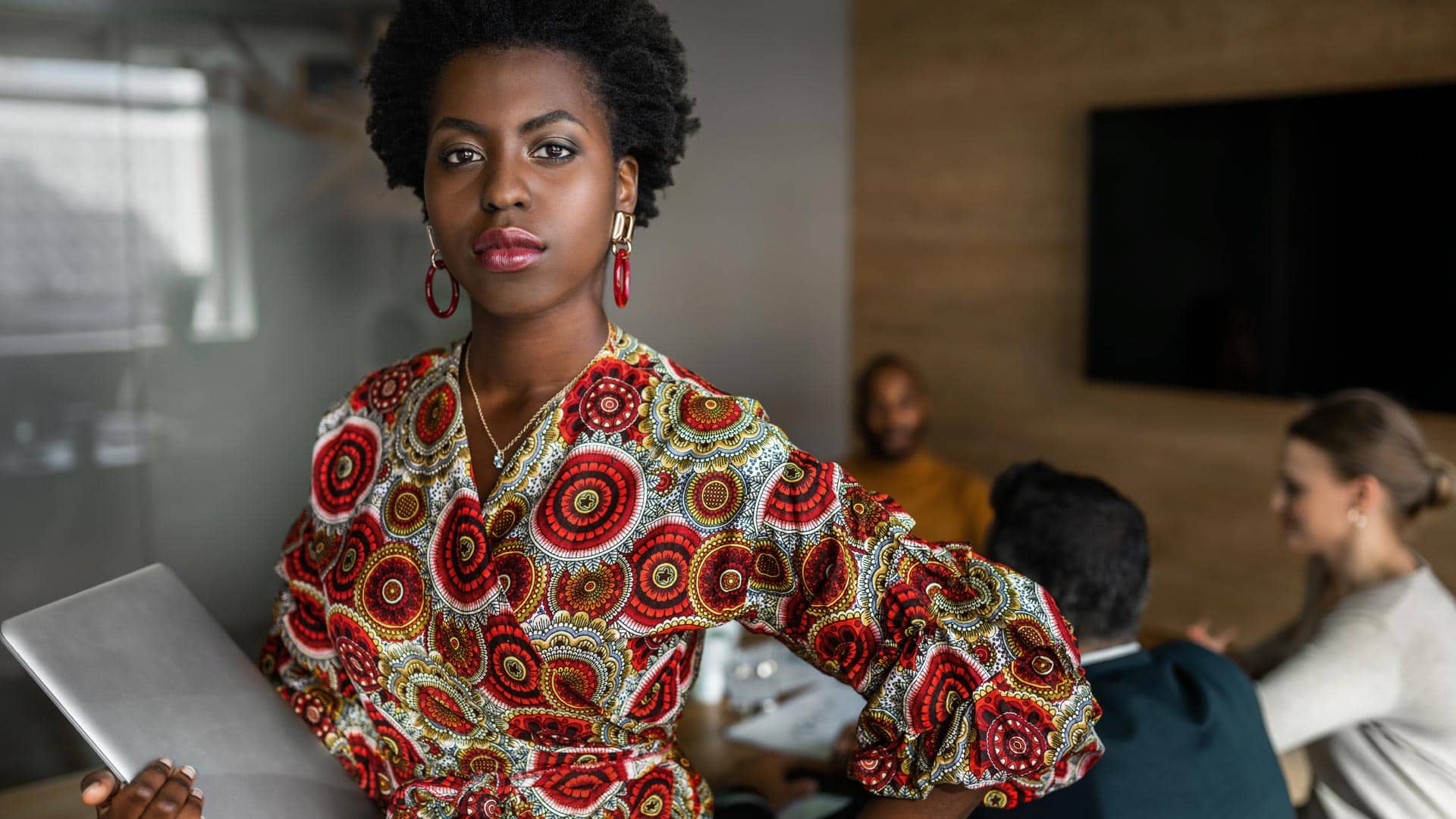What comes to mind when you think about diversity, equity, and inclusion on your organization’s leadership bench?
If you’re like most HR and DEI leaders, chances are that you already have your own vision of what diversifying your leadership bench means in terms of numbers. It could be the inclusion of more women, people of color, or individuals from a particular demographic group.
But we’re no longer in the 20th century when organizations used to practice leadership diversity in theory or simply give it lip service. Things have drastically changed over the years, and today, leading for diversity, equity, and inclusion is the name of the game.
Below, we’ll walk you through the business case for diversifying your leadership bench, with a particular emphasis on how to shift the diversification tide in your organization’s favor.
Leading for Diversity, Equity, and Inclusion: Numbers Don't Lie
According to a recent Gartner study, only 44% of employees say they trust their organization’s leaders and managers to navigate a crisis successfully. This is in part due to the lack of perceived representation and diversity of thought in leadership.
The same report reveals that even with diversity, equity, and inclusion (DEI) becoming the top talent priority for organizations over the past few years, a whopping 90% of HR leaders feel that their organization has been reluctant or somewhat ineffective at increasing diversity representation. These are statistics no one wants to be part of.
Yet, this is only the tip of the iceberg. Catalyst reports that in the US, there were nearly 13 organizations run by a man for every organization run by a woman in 2020. This, in spite of the fact that organizations with the highest proportion of women in the leadership lineup recorded a 47% higher ROE (return on expectations) than those with no woman on the C-suite.
Here’s one key takeaway from these statistics: Diversity empowerment isn’t just a buzzword or social good. It carries more business weight than ever before, and without inclusion and equity, you might as well forget about attaining conclusive diversity representation in your organization. The three DEI aspects are intertwined—leave one out, and the whole diversity empowerment debate ceases to make sense.
Fortunately, it’s not all doom and gloom. As an HR leader, you can achieve optimal diversity among leadership pools by partnering with senior business leaders across your organizational setup to assess existing stakeholders, processes, and systems. This should be a meticulously planned, well-orchestrated team effort.
Turning the Diversity Tide: How to Achieve Optimal DEI in Your Organization
With the following set of actionable steps, you can patch things up and bring your current diversity, equity, and inclusion scores to a desirable level.
Mentoring is good, but it doesn’t really cut it
Mentoring can advance an organization’s underrepresented pool of talent, right? Wrong.
Here’s what we mean: if you want to attain a balanced leadership bench, you need to go beyond mentoring. While mentoring is an important part of the solution, it can’t exist as the sole approach. You need to pitch your diversity empowerment ideas around more structured coaching. Focus on giving people access to early-career coaching to help feed a diverse leadership pipeline right from the off.
On a micro level, diversity-oriented coaching allows you to define specific roles and responsibilities for employee development – instead of mentoring and providing people with answers, coaching gives them the ability and confidence to find solutions themselves. The result? You get a future pool of well-networked team members with a high level of leadership exposure.
Even statistics support leadership diversification from a coaching point of view. According to a 2020 Gartner survey of HR leaders, it was revealed that diversity coaching and networking solutions are 3.4 times more likely to report an increase in talent mobility opportunities.
Bring every senior leader on board
Like we previously mentioned, leading for diversity, inclusion, and equity is a team effort—one in which every senior leader in the organizational hierarchy chips in equally. So, if you’re an HR leader, you need to ramp up support from the top to build a diverse and inclusive bench.
Adopt leadership team rebalancing rather than successor transitions
One thing unifies all the organizations that hugely lack leadership diversification: their leadership development strategies end soon after an employee moves into a leadership position. In fact, according to a 2019 Gartner survey, 78% of HR leaders think that their organization’s succession processes and performance management solutions are biased.
As a business leader, part of your job is to ensure that the entire leadership team is in sync with strategic goals and organizational needs—from the newest to the oldest entrant. This way, you’ll achieve a truly diversified bench where every leader will be a merited participant. Inclusion and equity will be solely based on individual strengths, capabilities, and commitment to the team and overall goals.
That said, leadership team rebalancing only works if it’s an ongoing process with plenty of complimentary reshuffles in between. This will allow you to avoid the all-too-familiar bias trap of choosing successors based on the role rather than the person.
The secret to leadership success lies in broad level hiring tactics
One common mistake that HR partners make is to search for successors deeply within an organization. But you don’t have to follow this biased script. Instead, you can replace leadership roles and individuals on the bench by looking for a similar set of candidate profiles—even if it means sourcing for talent from outside pools.
In short, seek to tap into the broader skills market across or outside of an organization, not just known talents from deep within.
Can DEI Impact Your Bottom Line?
A recent McKinsey study revealed that organizations in the top-quartile for gender diversity on their leadership bench are 27% more likely to have superior value creation and 21% more likely to outperform their competitors on profitability. Another recent study by the Boston Consulting Group has found that DEI improves an organization’s bottom line by a massive 19%.
Unsurprisingly, these figures go way beyond gender diversity. Organizations in the top quartile for cultural/ethnic diversity on their leadership bench are 33% more likely to have industry-leading profitability. What’s more, organizations where millennials occupy at least 30% of the leadership bench are 2.3 times more likely to be in the top quartile of business performers.
Judging from these statistics, DEI undoubtedly impacts profitability and revenue creation. Diversity, equity, and inclusion are not just metrics to strive for. They’re an integral part of a successful revenue-generating business—yours included.
For DEI leaders and HR managers, leading for diversity, equity, and inclusion should be a no-brainer. But you don’t have to walk this journey alone. With the right type of leadership coaching, you can achieve empowerment to help embed DEI initiatives that will last.









